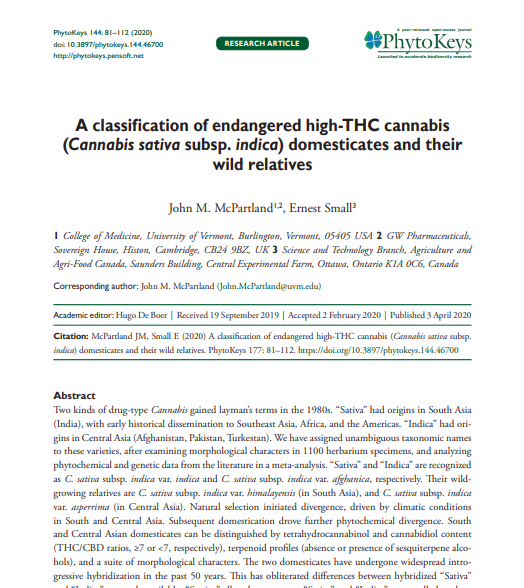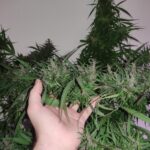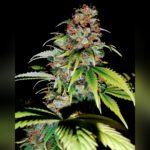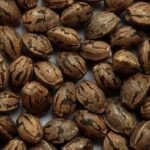Jason of Curious About Cannabis has just made the full podcast episode on McPartland and Small’s Cannabis taxonomy freely available – previously much of it was behind a paywall. This was recorded back in 2020 at the height of Covid, and my ideas have certainly changed since. But I recommend aficionados check out the study and have a listen. I’ve got Jason’s intro going right now and it’s excellent and very clear. He’s also added helpful images and clarifications of a few points where we mispoke.
Listening, one thing I’m regretting not saying more about is the sensory aspect of the products and plants, and how well-defined and markedly distinct their characteristics are, particularly as regards Central versus South Asian versus Himalayan forms.
But the main thing I’m ruing is not setting out more clearly how the economy and geography of traditional cannabis cultivation works in Asia – specifically how it is that farmers and villagers who cultivate these landrace crops are invariably socially, economically, and geographically isolated. The salient consequence of that for my chat with Jason being that the plants we’re collecting as yet remain – to the best of our, local tokers’, and farmers’ knowledge – totally pristine.
Excluding obvious ‘drug tourism’ regions such as Parvati and Kullu valleys and Cambodia, the economic, social, and geographic realities of cannabis cultivation in Asia create a strong preservation effect. Clearly that preservation effect is diminishing because of the spread of internet commerce and legal changes in countries such as Thailand. But the fundmental dynamic is ongoing. Whether in Laos, or the Himalaya, or Afghanistan, traditional cannabis products such as ganja and charas are cultivated by farmers and villagers who are profoundly marginalized, effectively isolating landraces in socially and geographically remote zones that wealthy cosmopolitan Asians don’t, won’t, or can’t visit or interact with – never mind foreign travellers such as backpackers, who are notoriously unoriginal in their choices of destination.
Note that at about 58 minutes in I wrongly state that var. indica is the formal taxon for Himalayan cannabis landraces in this new taxonomy. In fact, Small & McPartland lump all forms of Himalayan Cannabis into the wild-type var. himalayensis. My objection to this is that the cultivated Cannabis crops in the Himalaya are certainly not wild-type but in fact are high-THC (in the Small sense) multipurpose landraces with large seeds, high bast fibre, and high resin production. I discuss this in more detail here in my response to the study.
On the topic of the silk trade as a possible source of the ‘dry-sieving’ filtration technique by which to refine hashish / charas (c. 1hr 15 mins), the silk trade mainly went by sea from Canton to Baghdad. In other words, this knowledge of refining medicinal plants through textiles plausibly arrived directly from China by sea in the medieval era in addition to arriving in Baghdad from Central Asia with Khorasani immigrants such as physicians.






